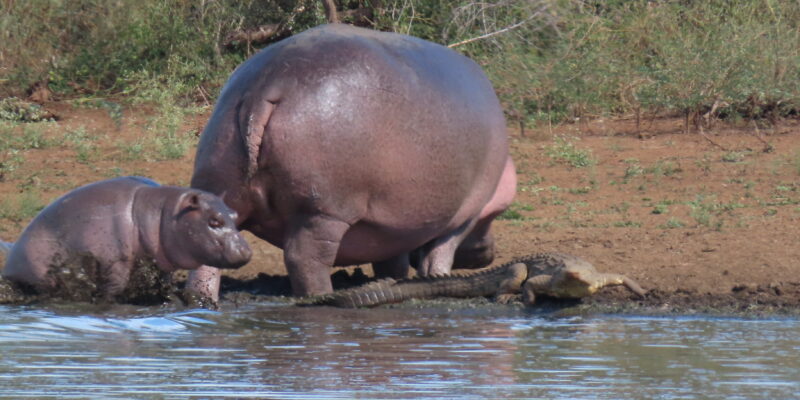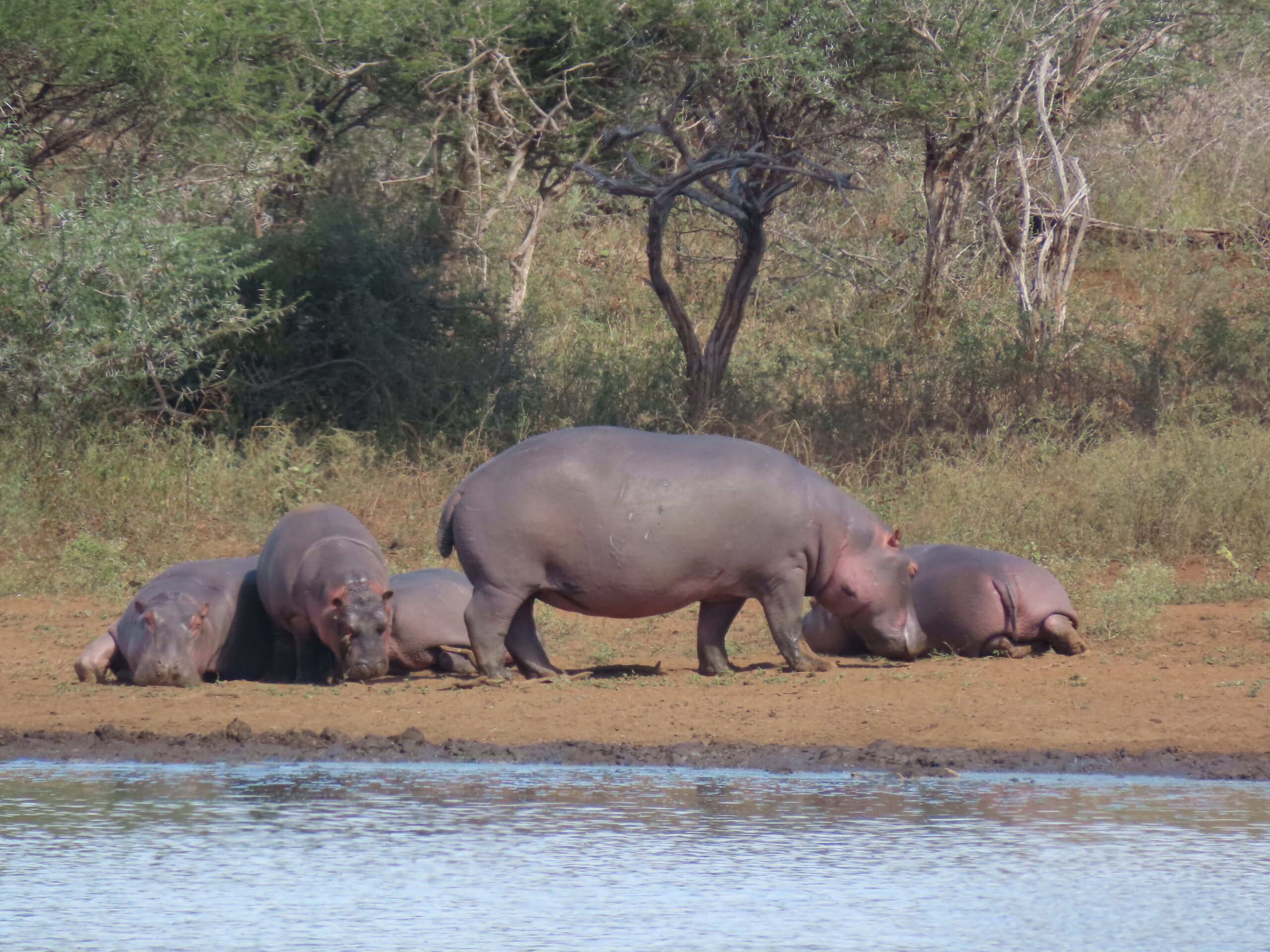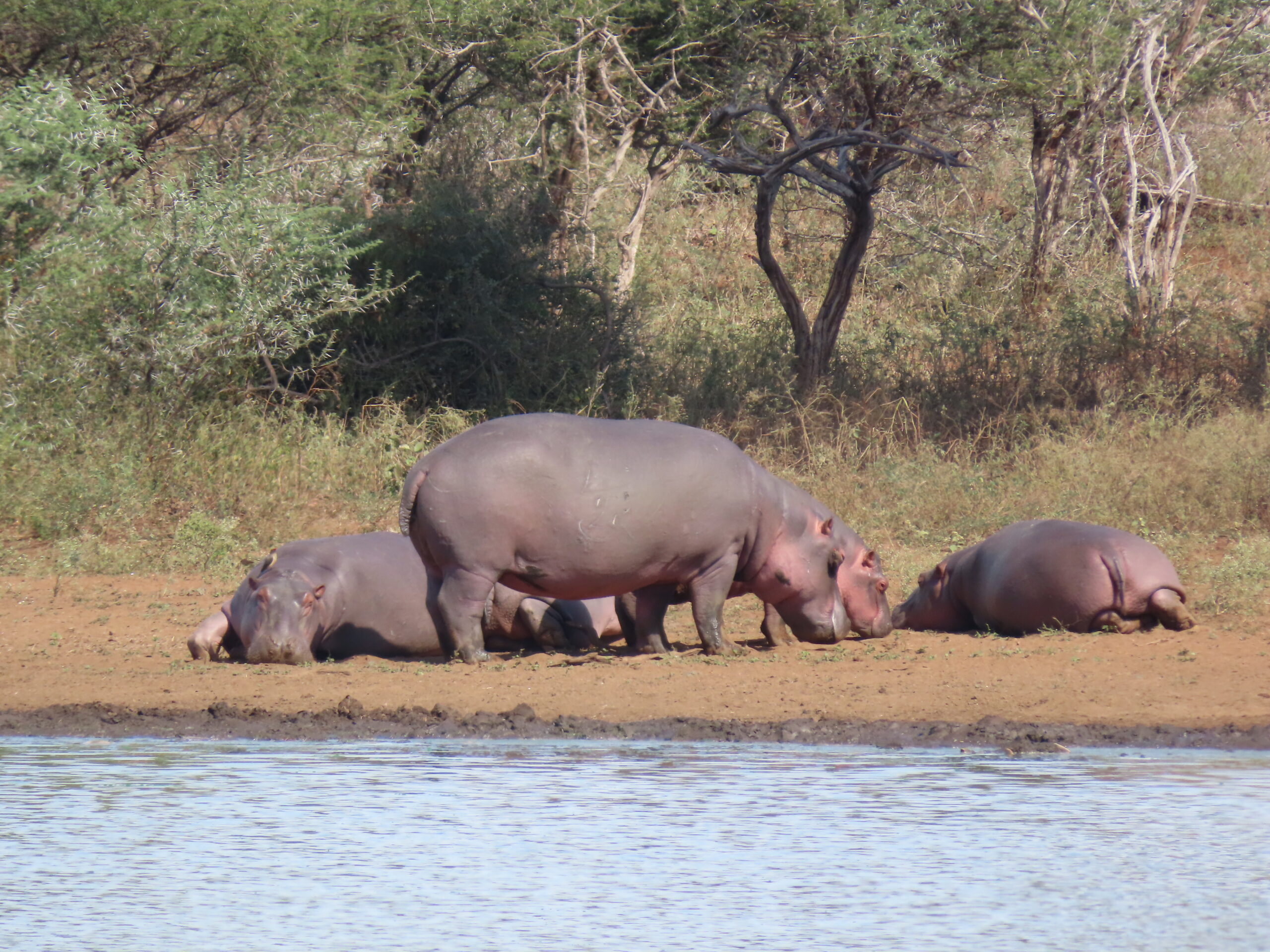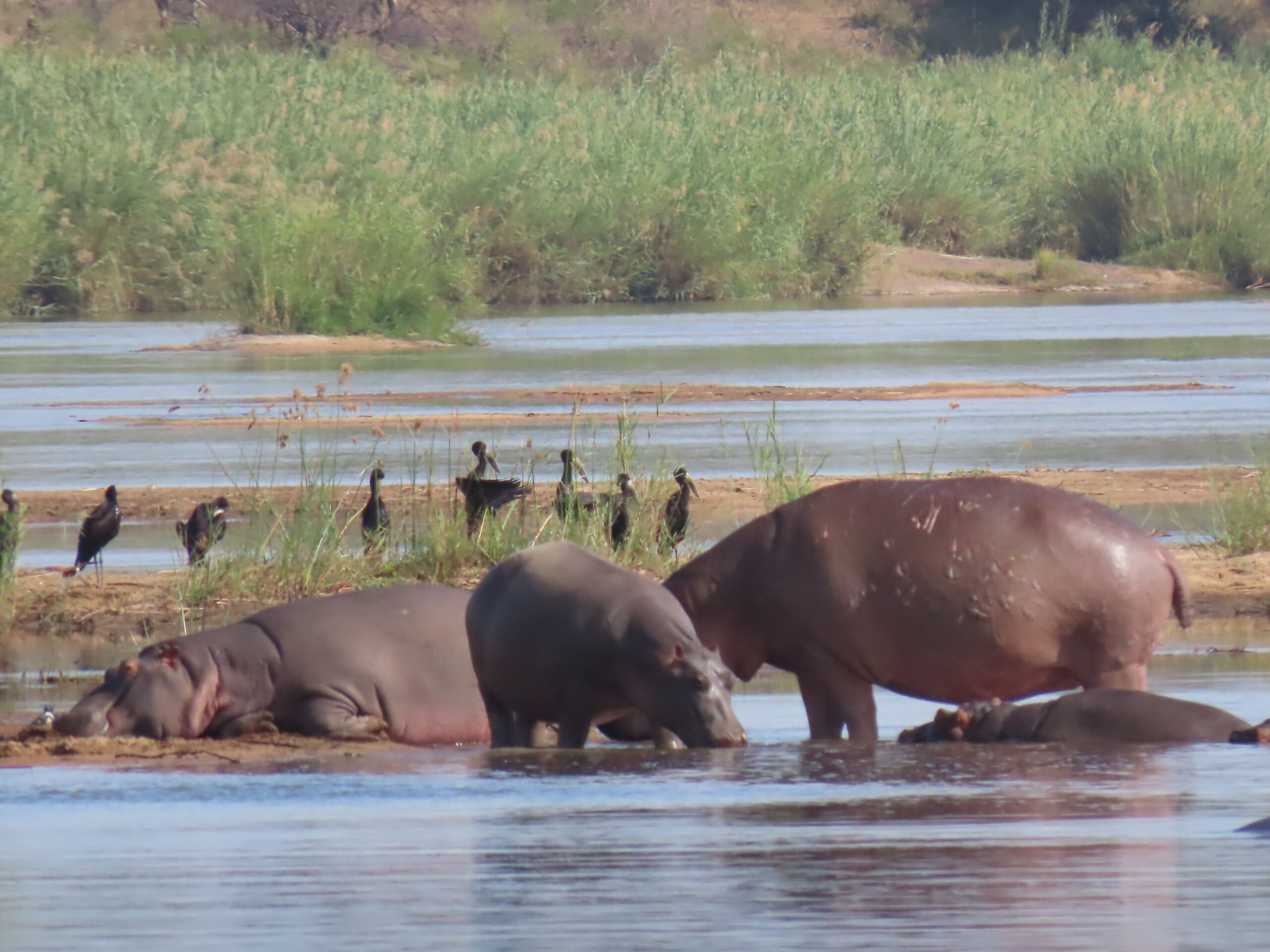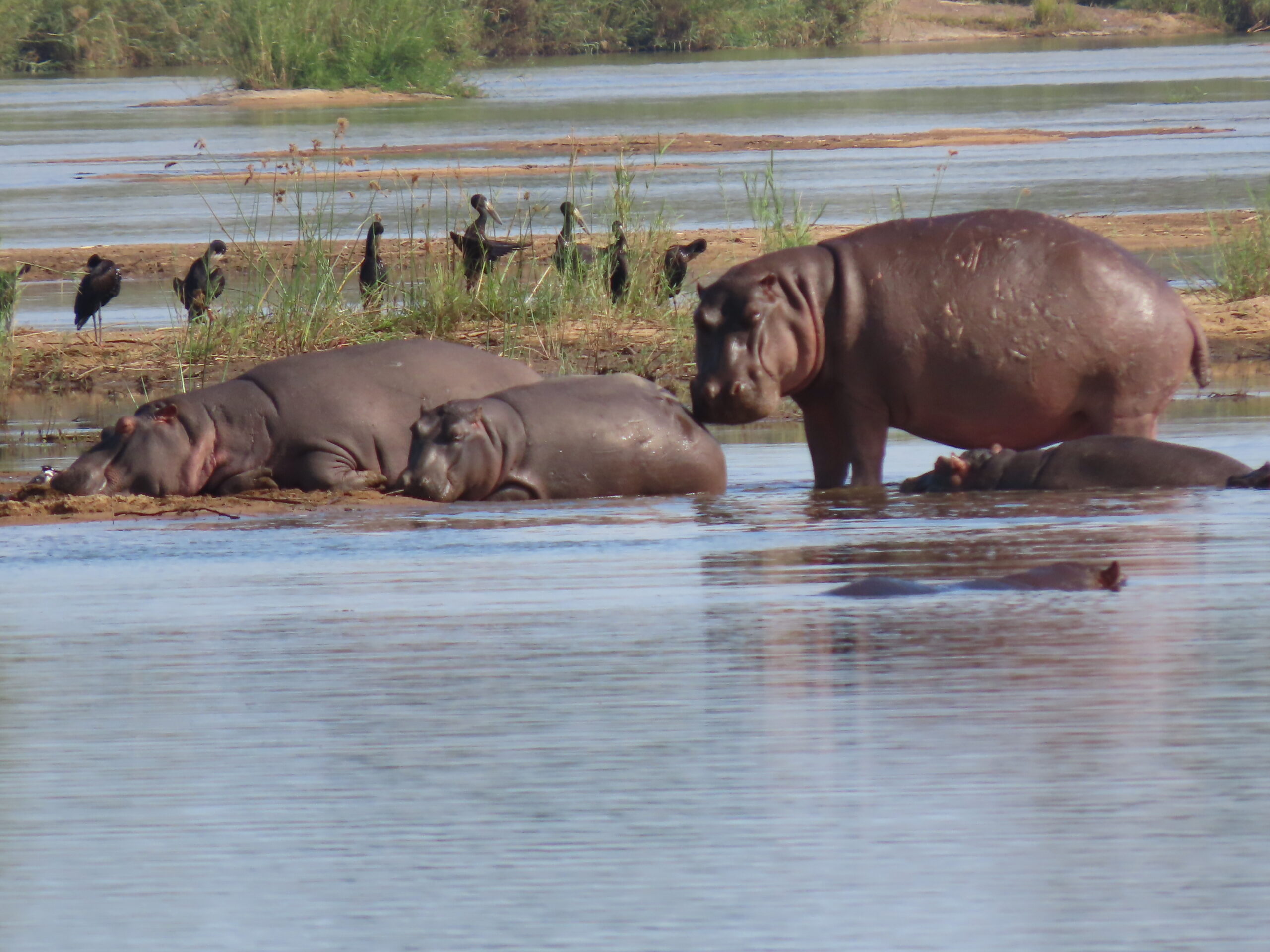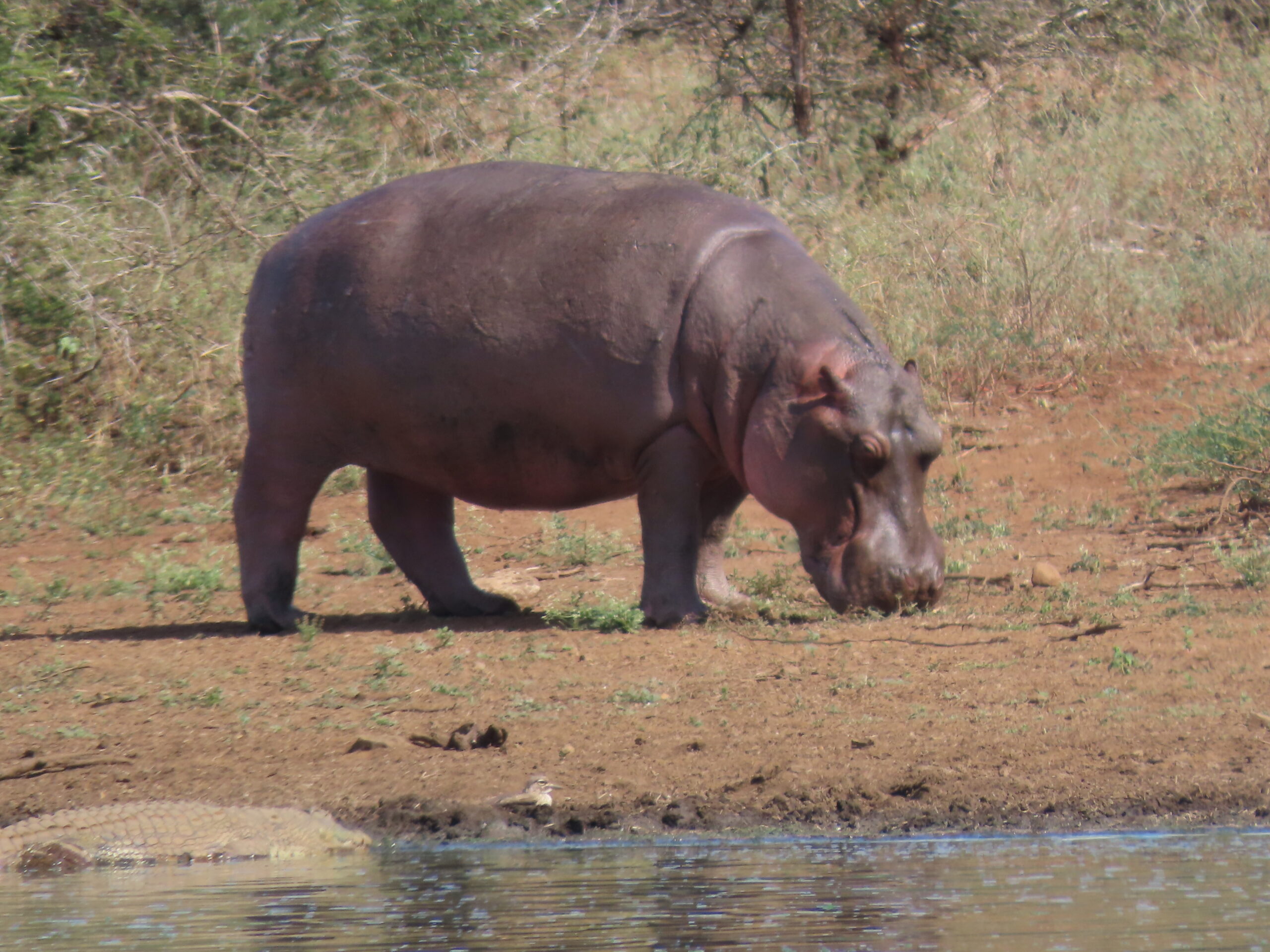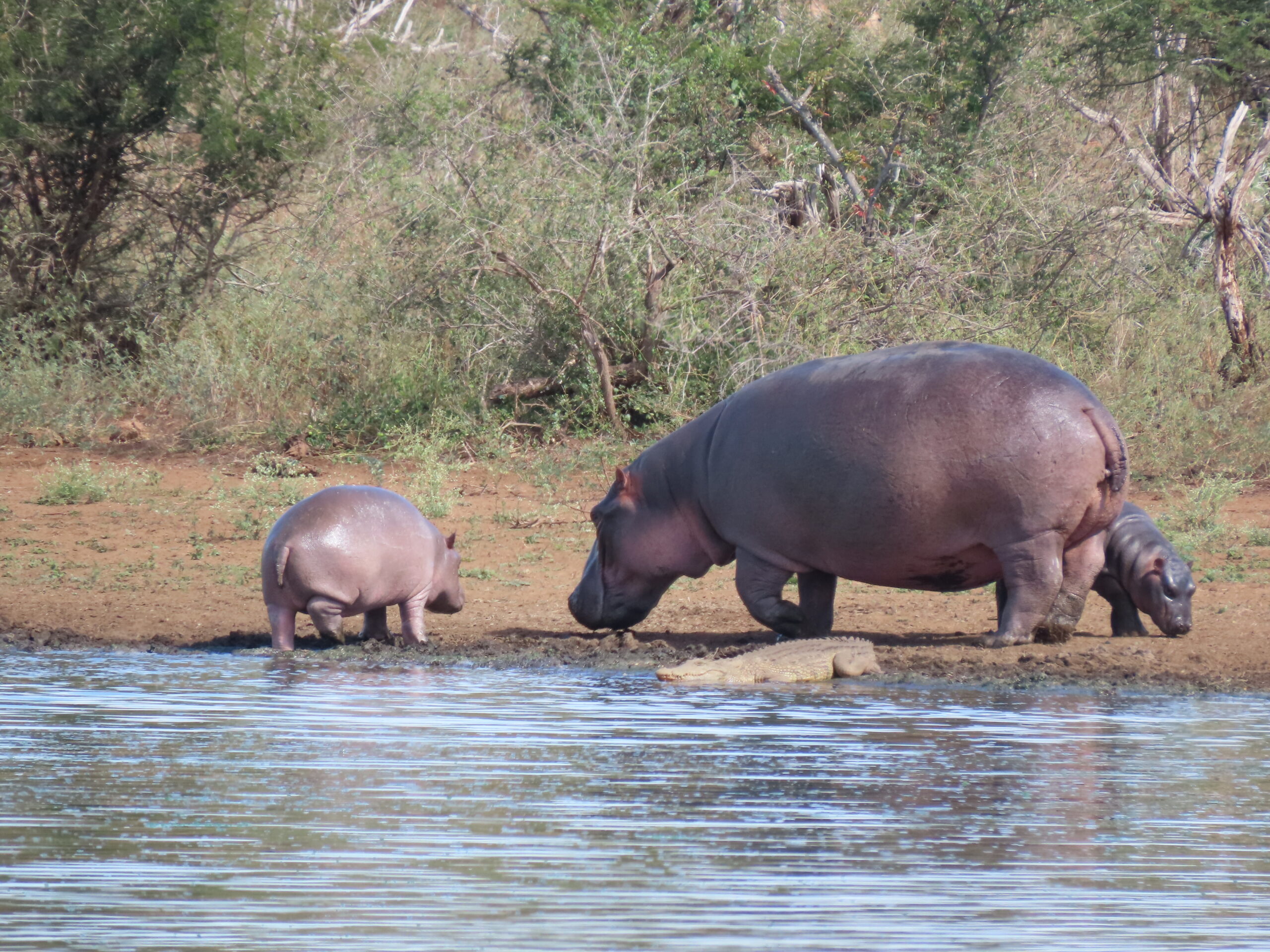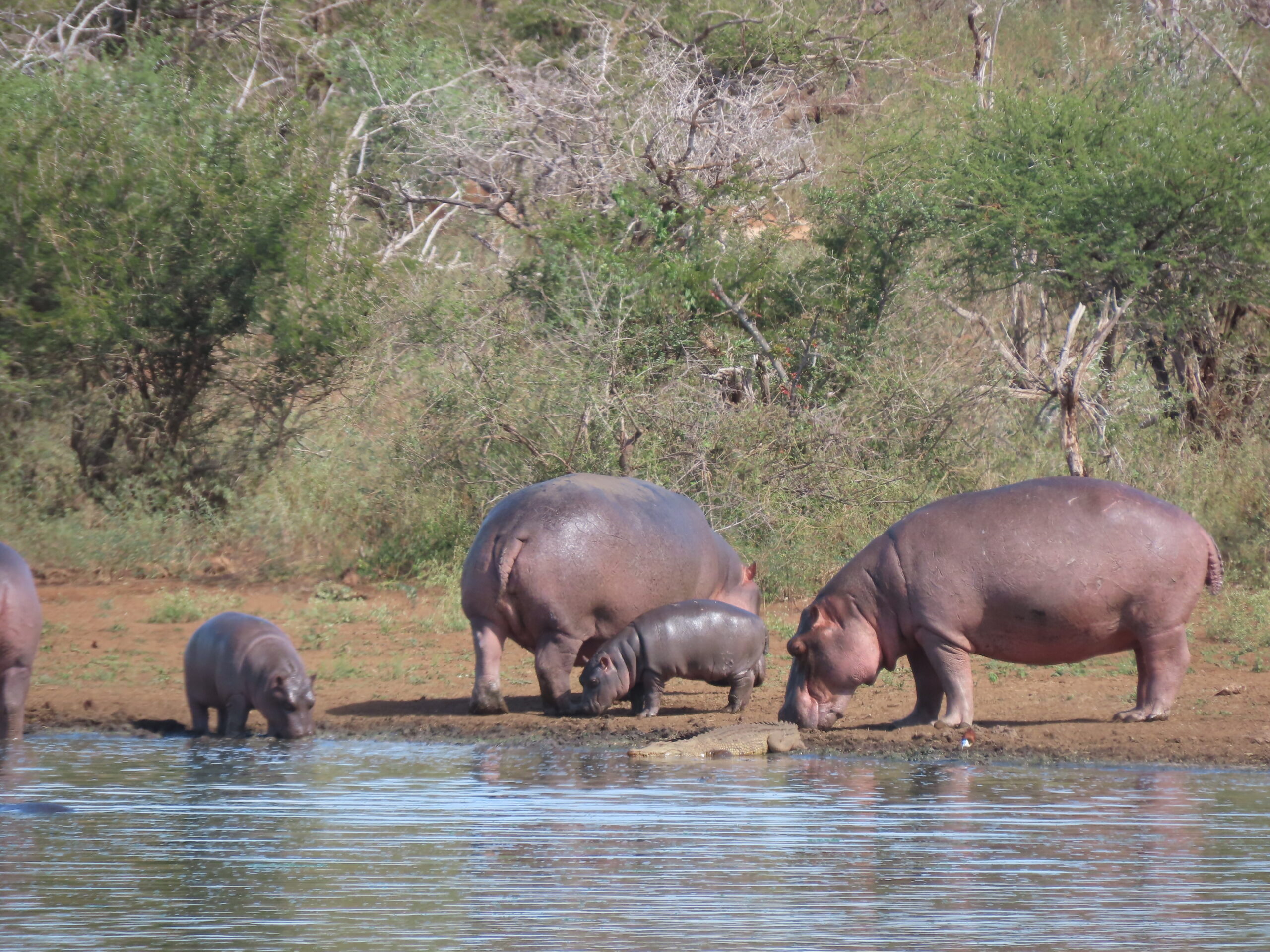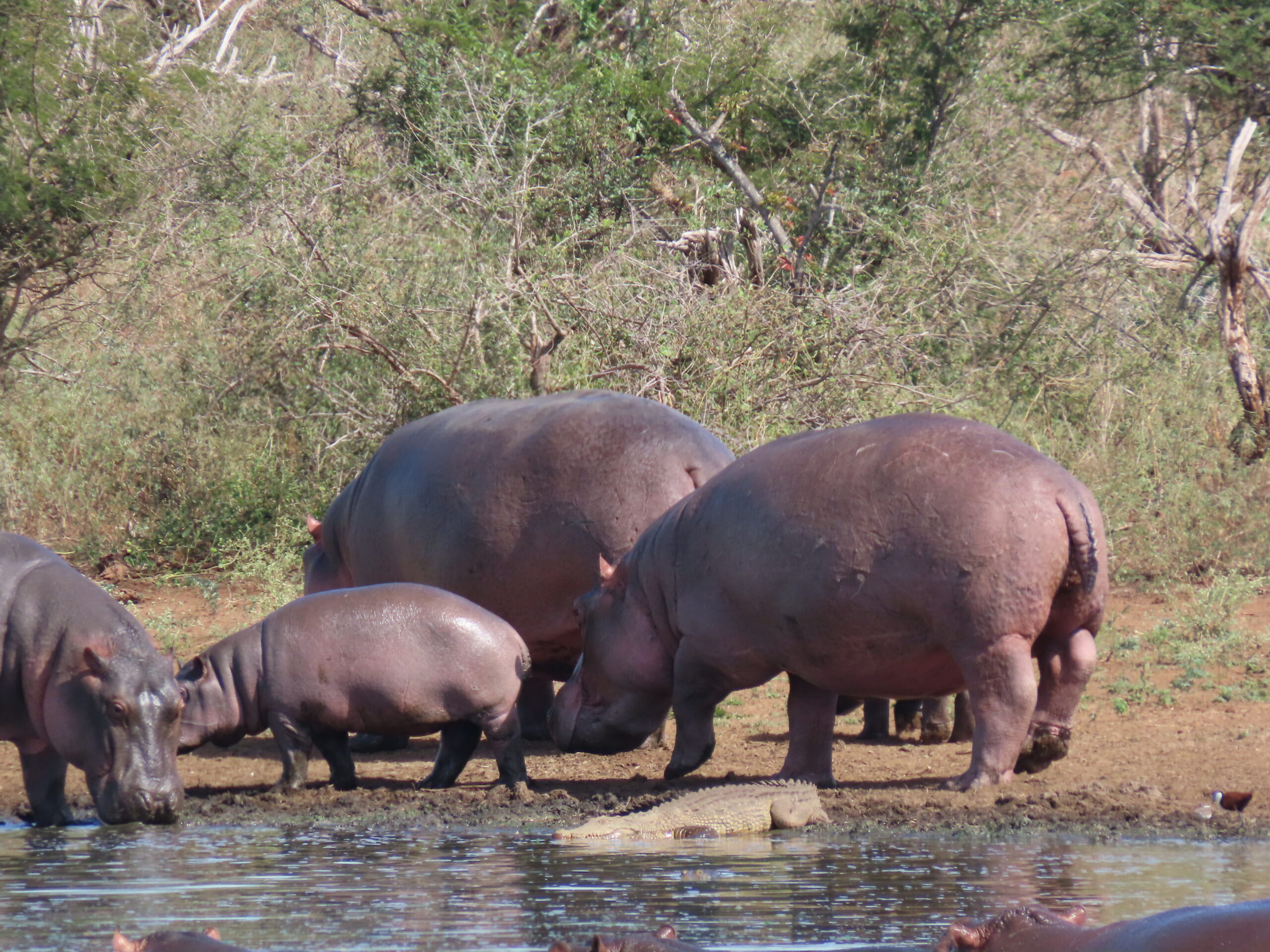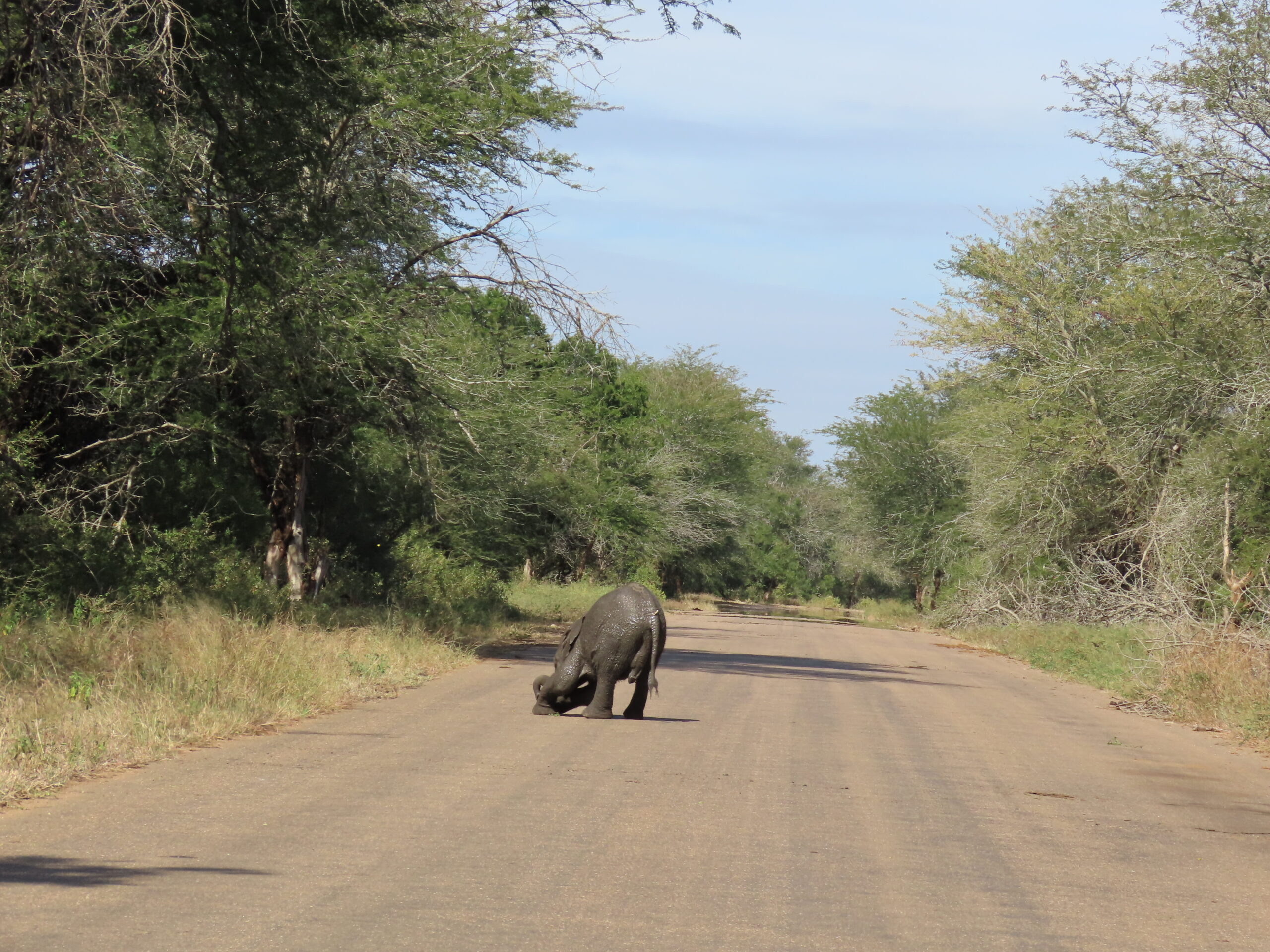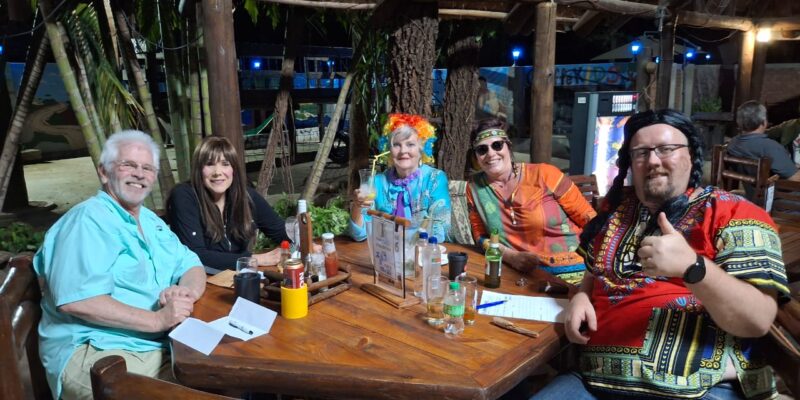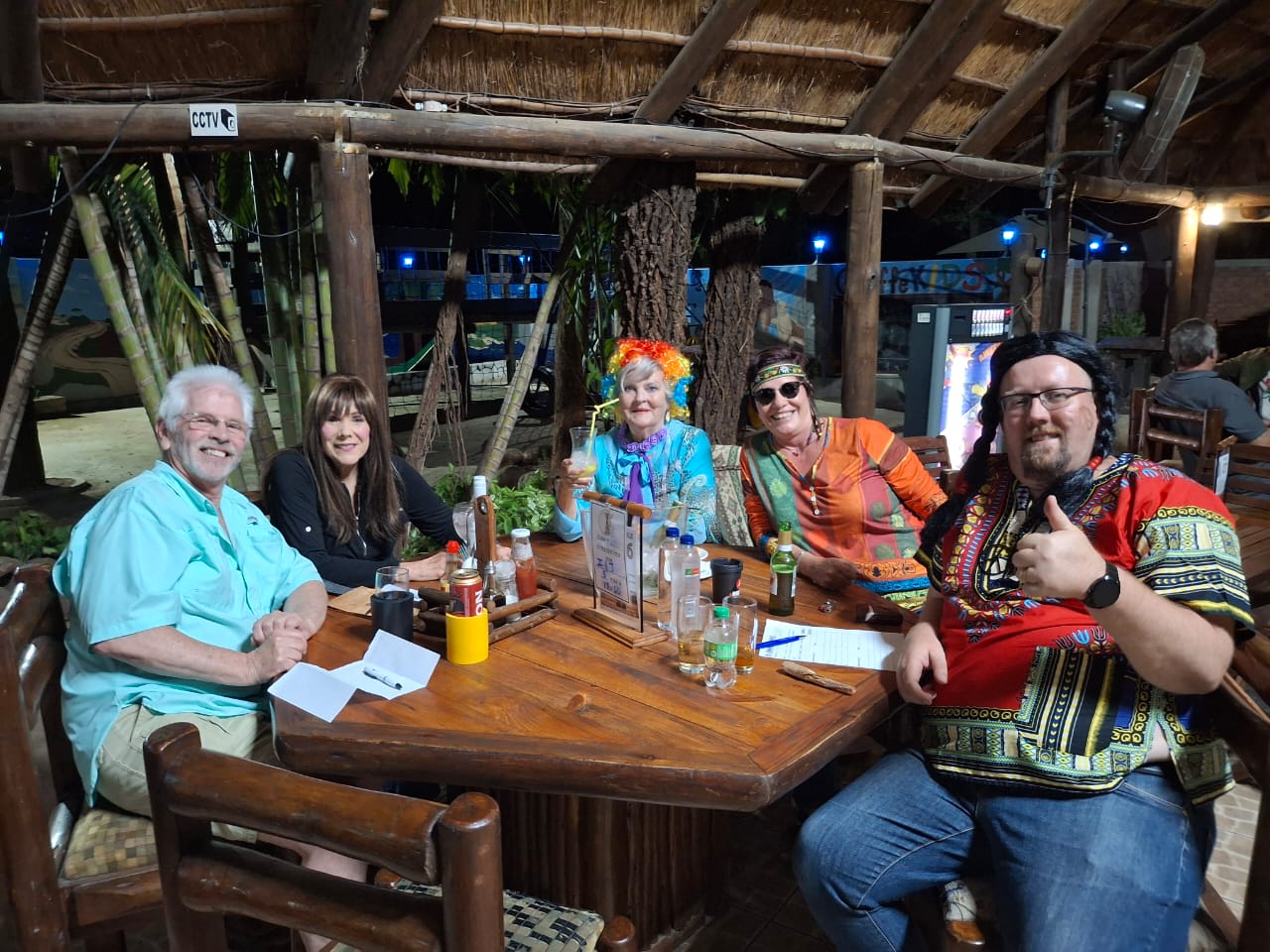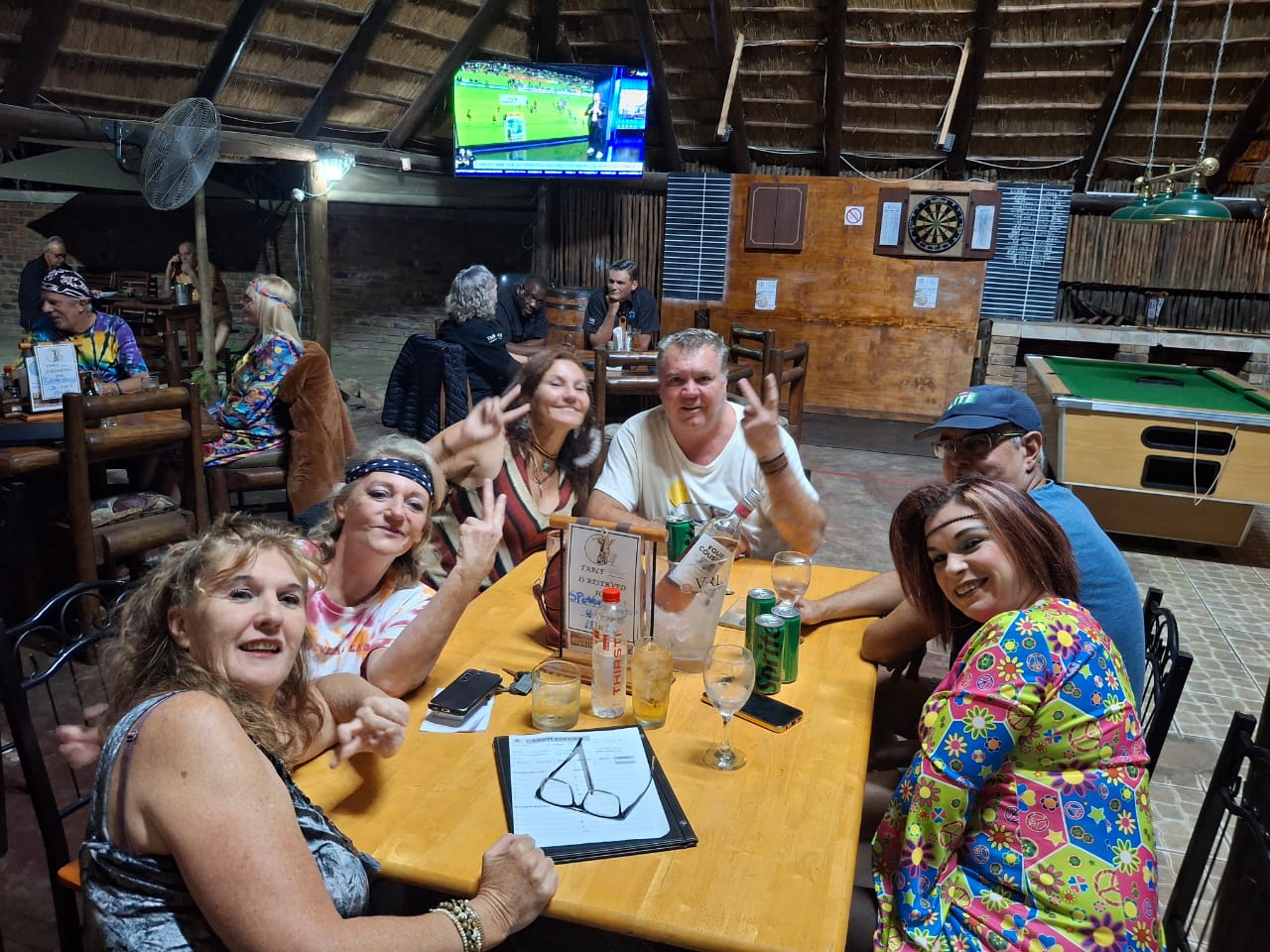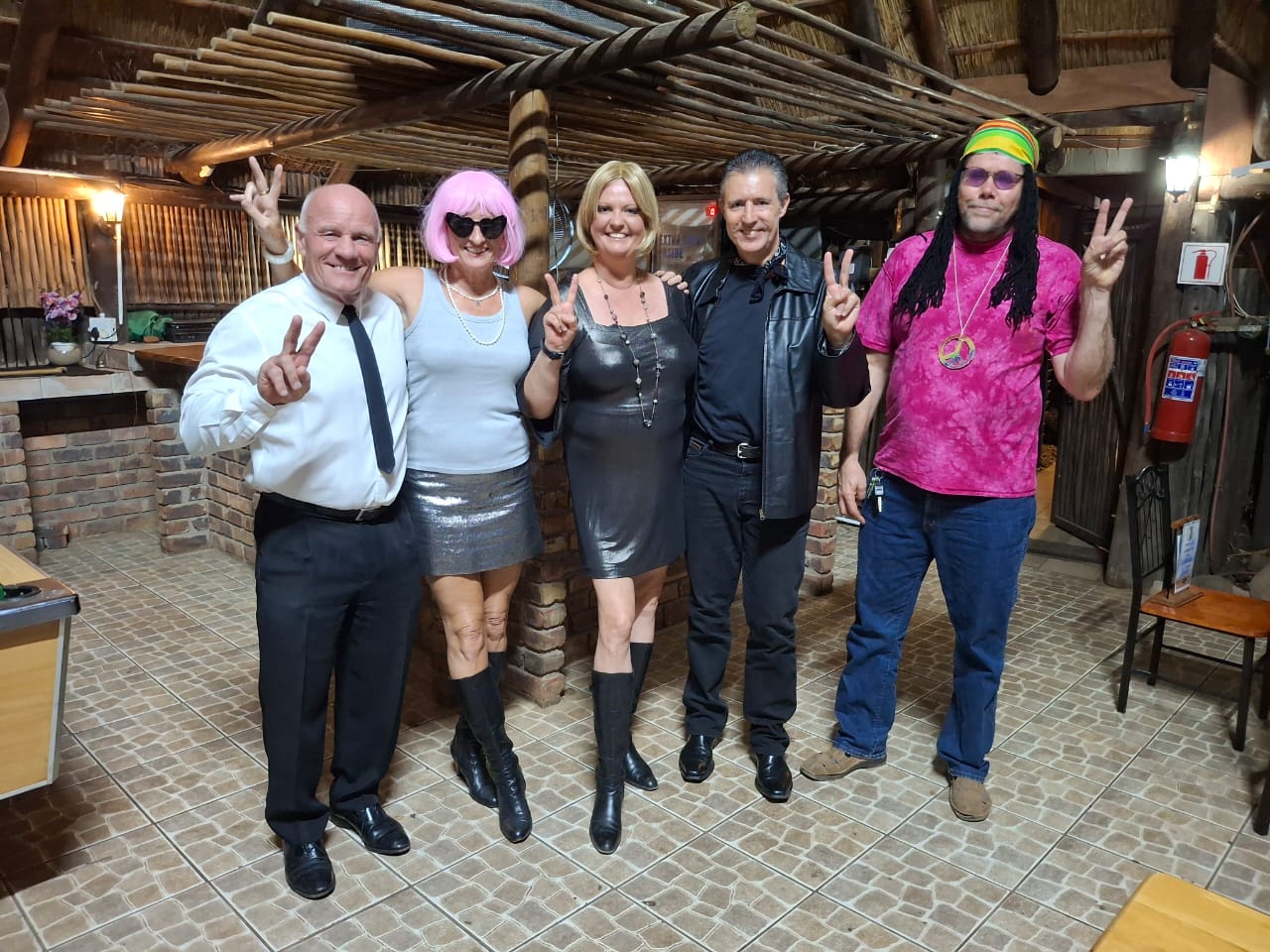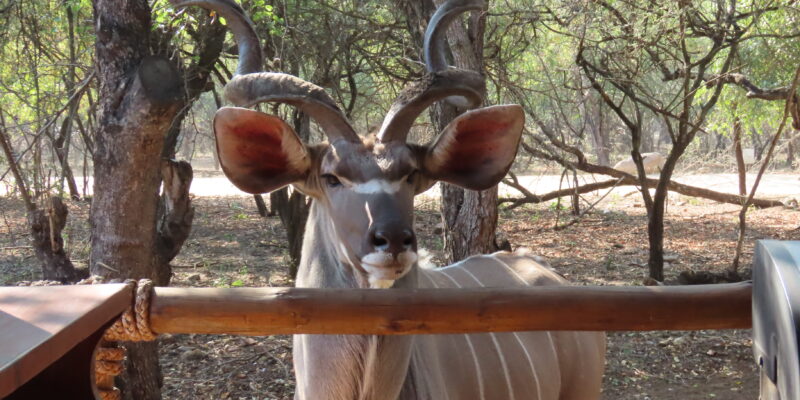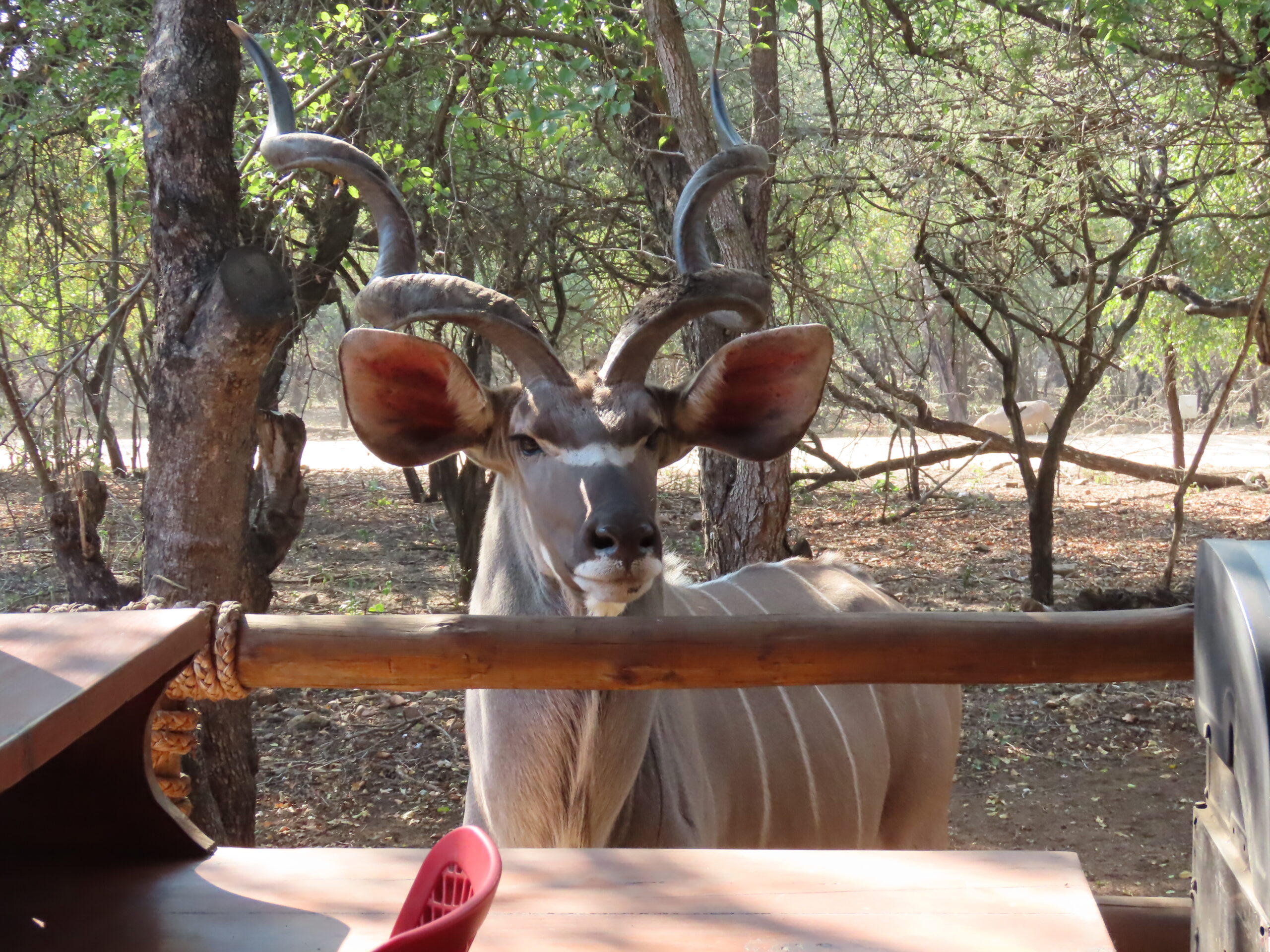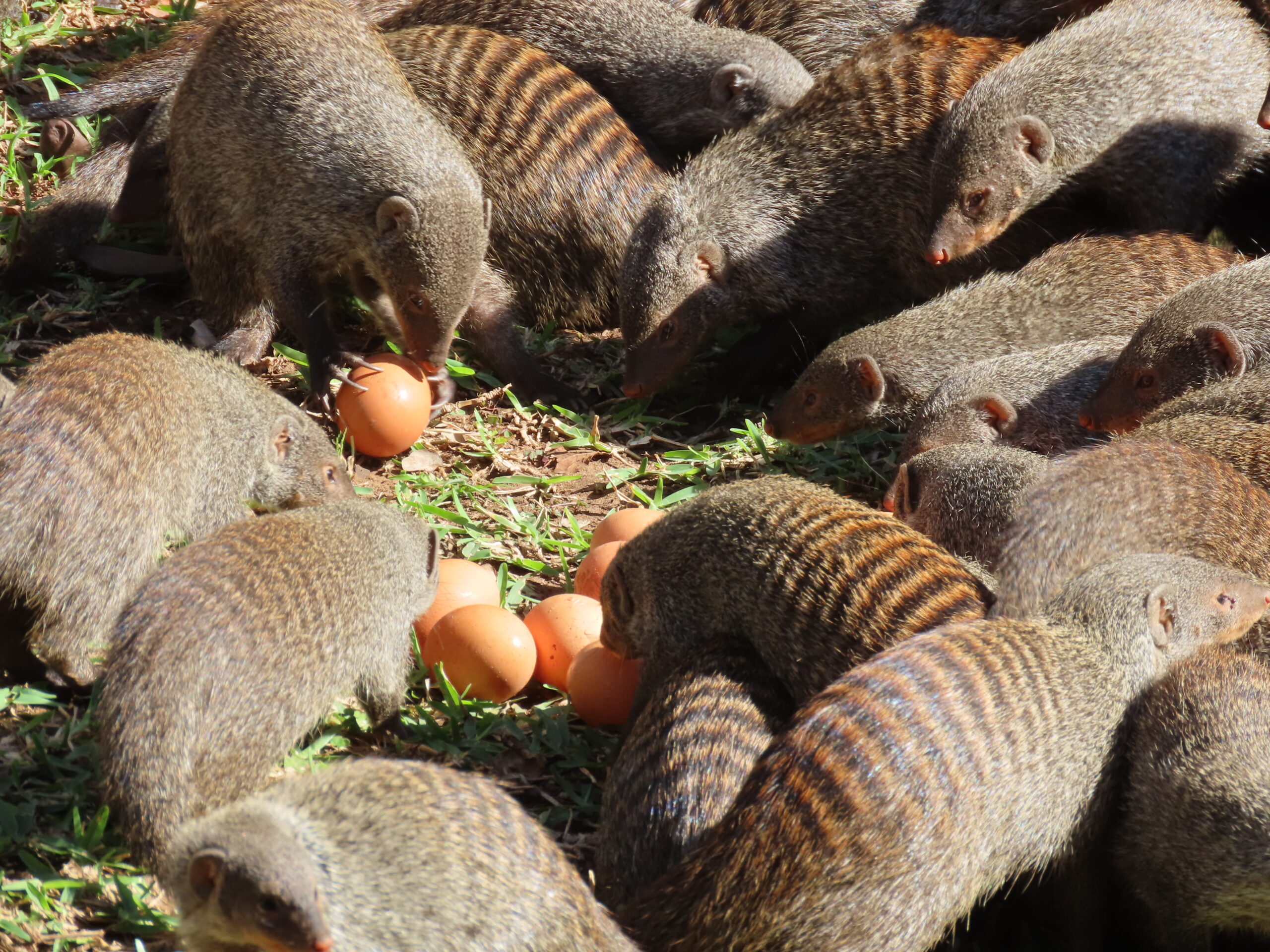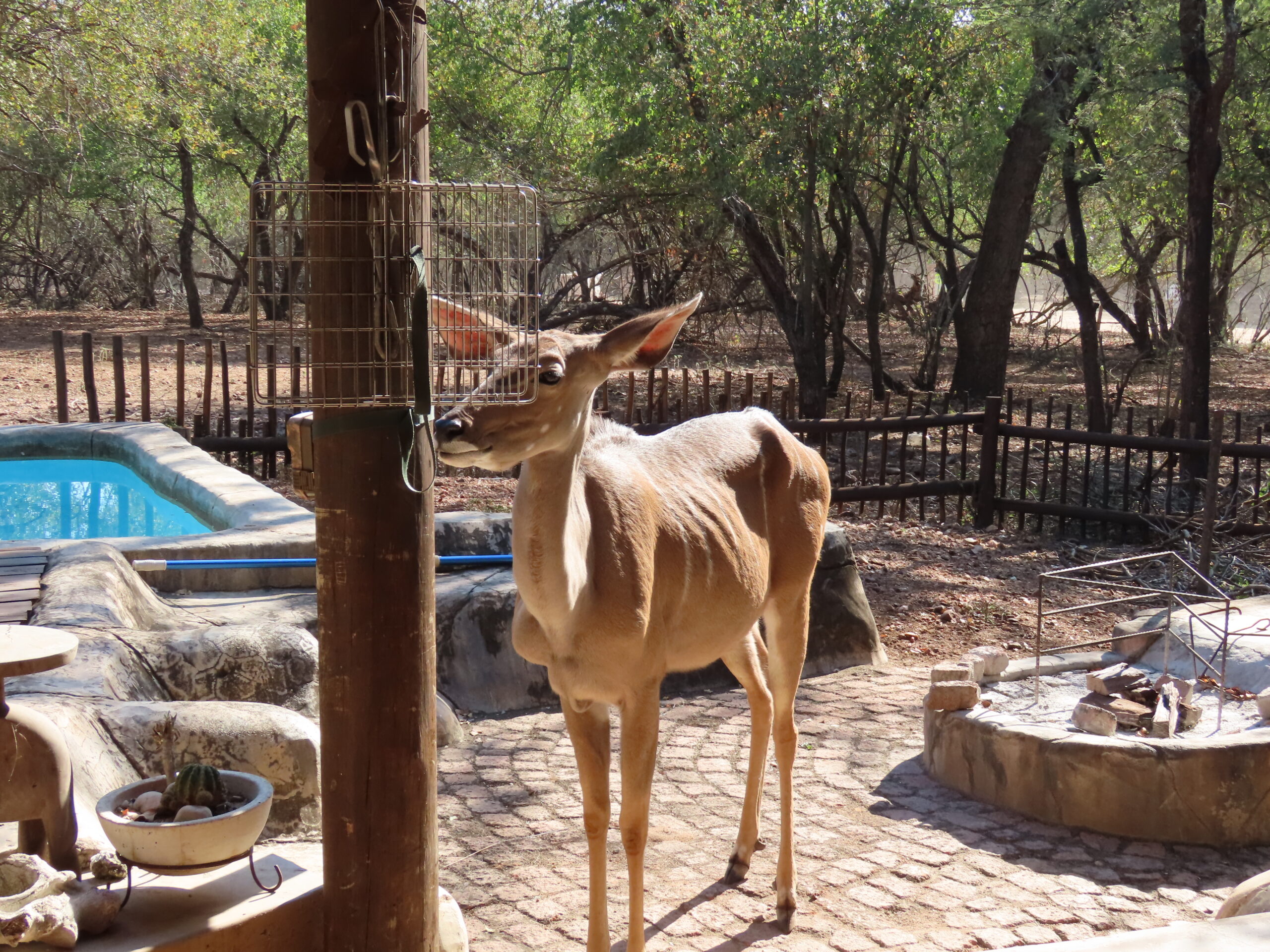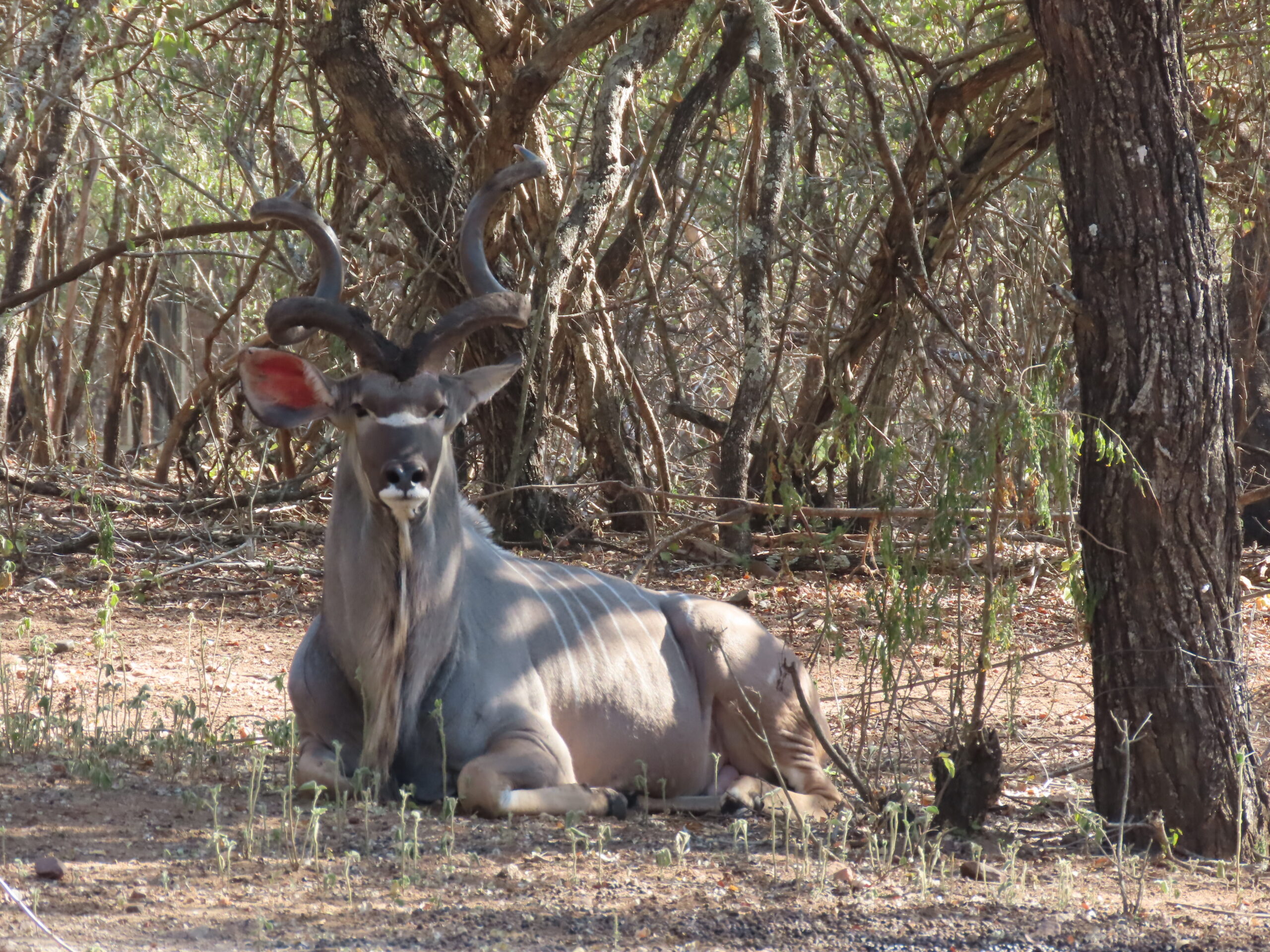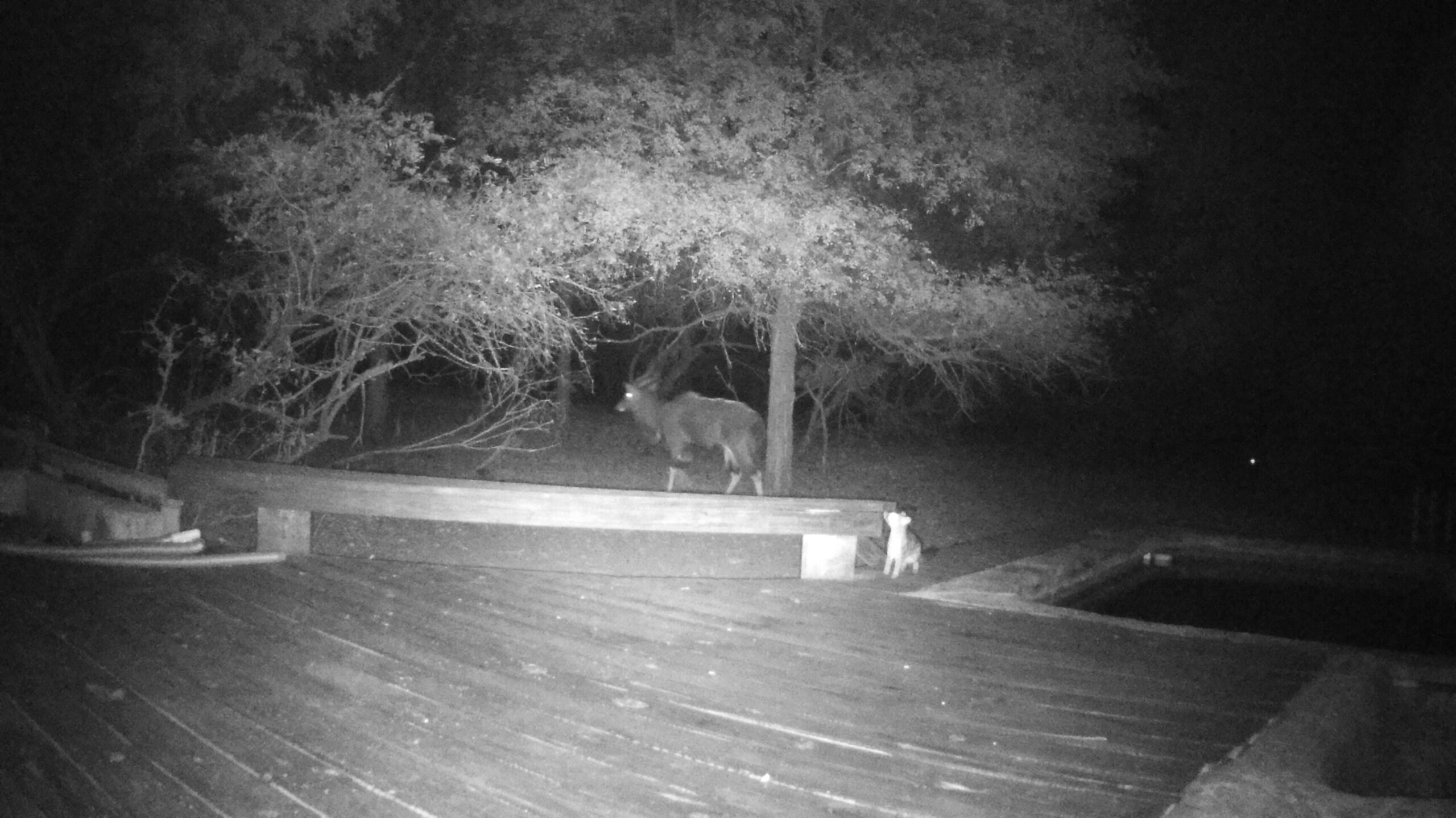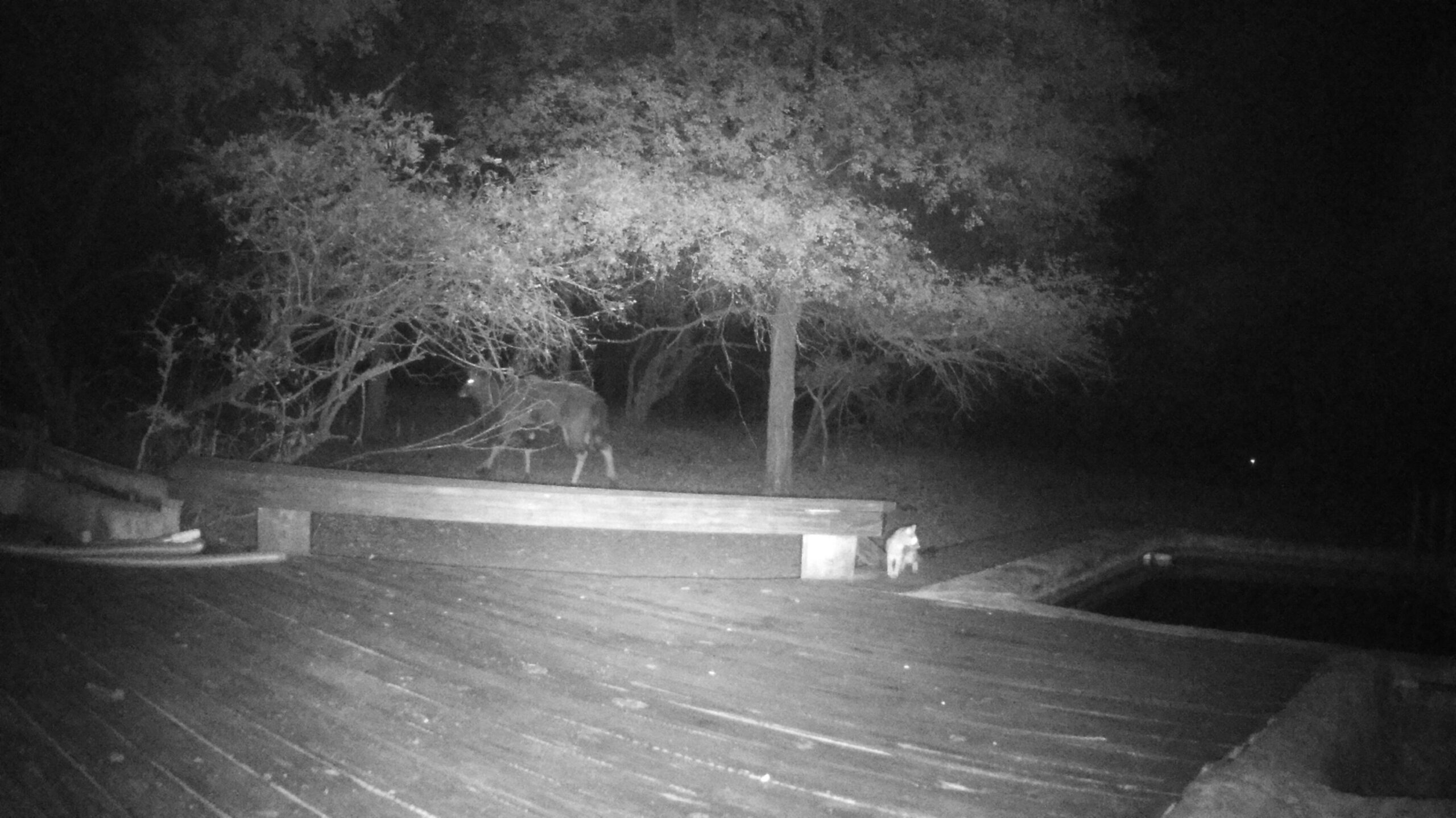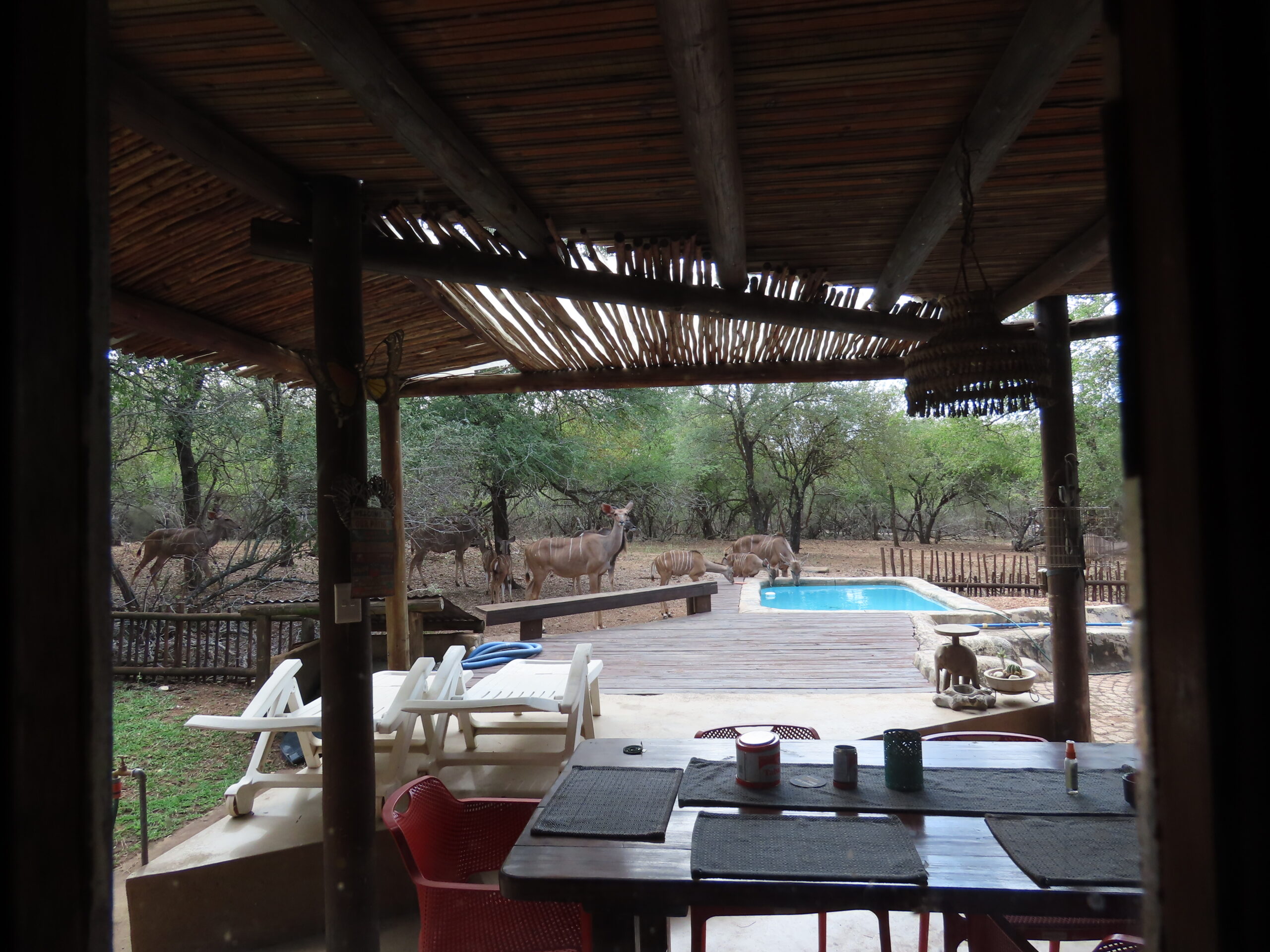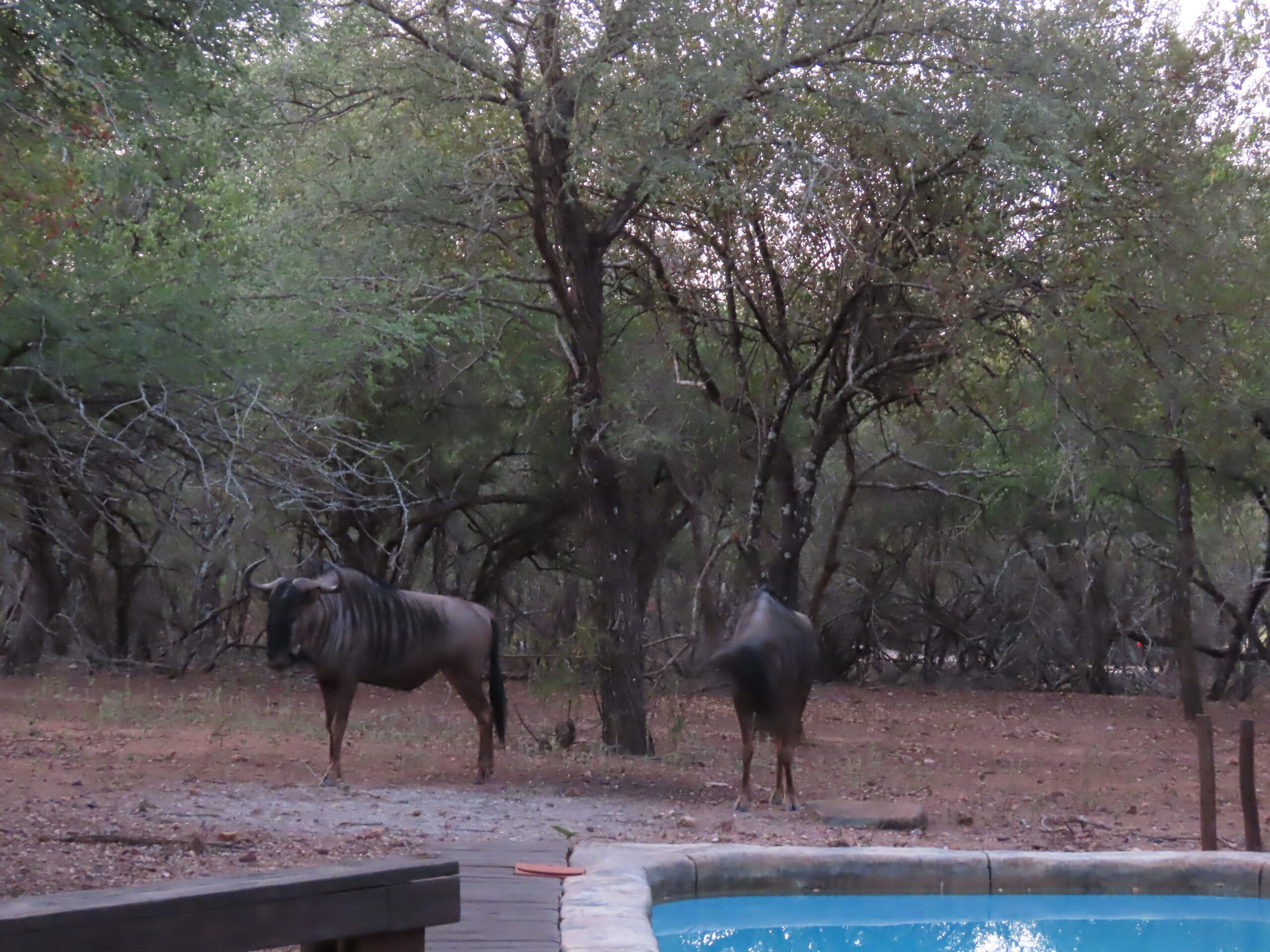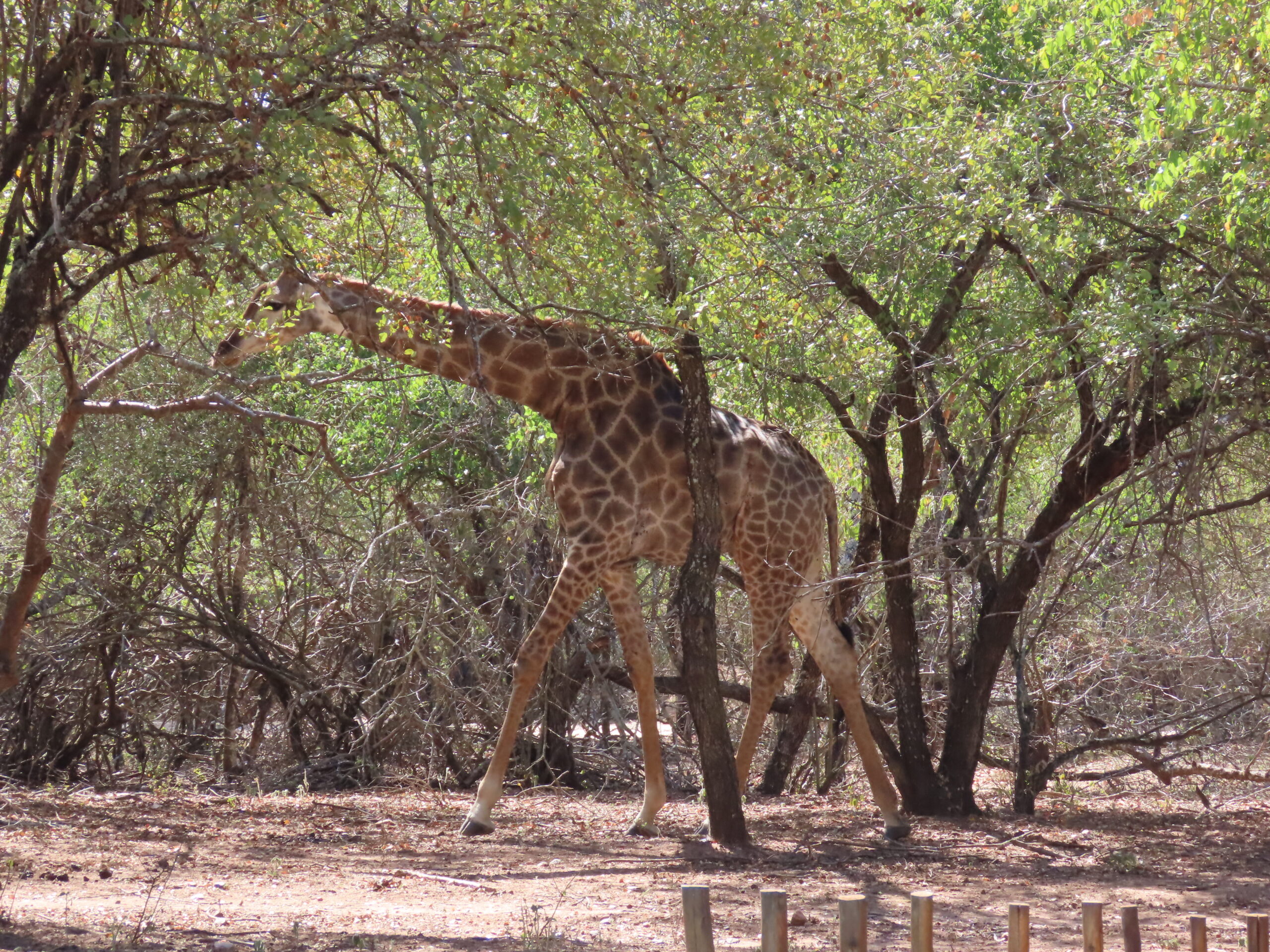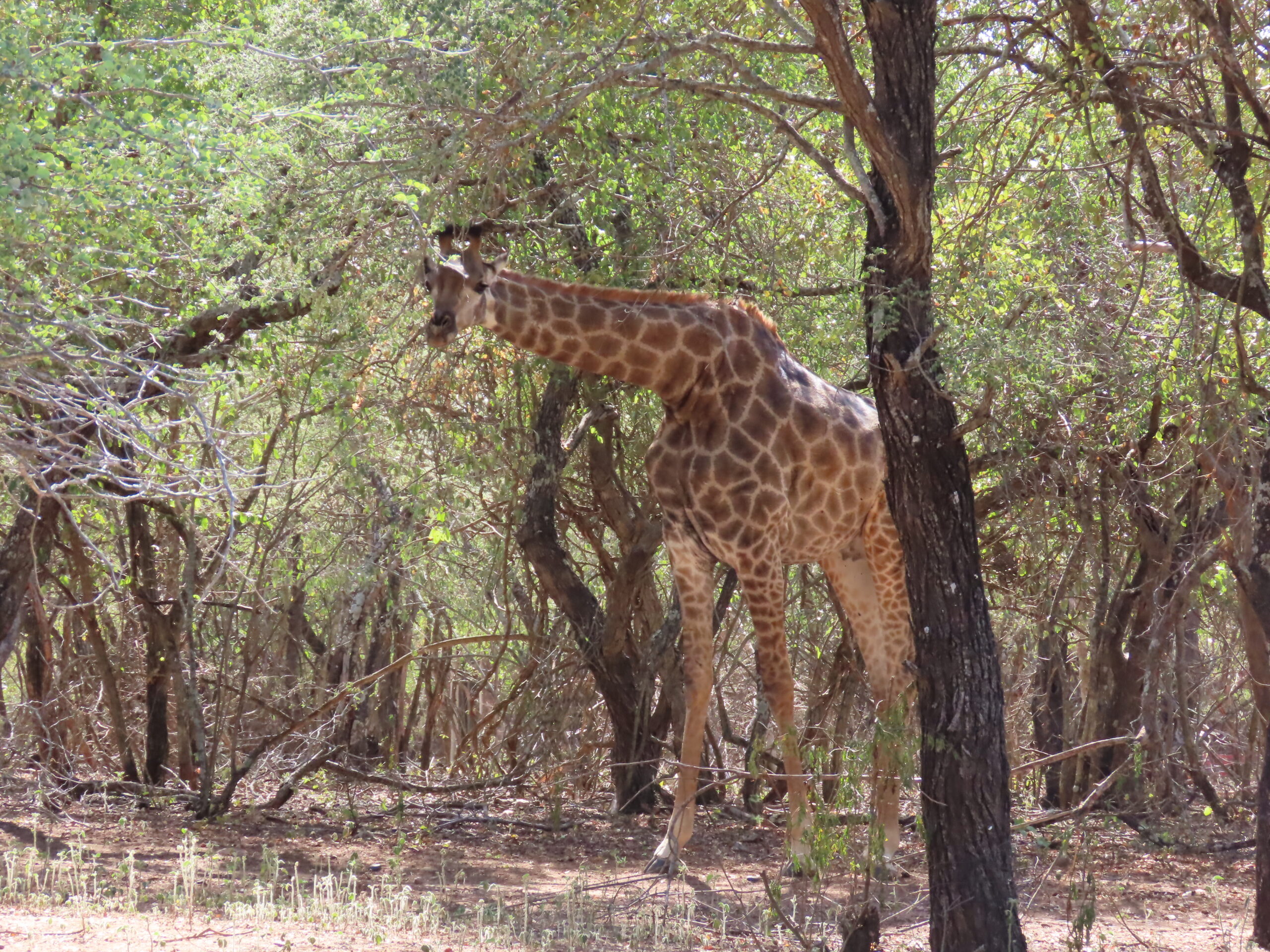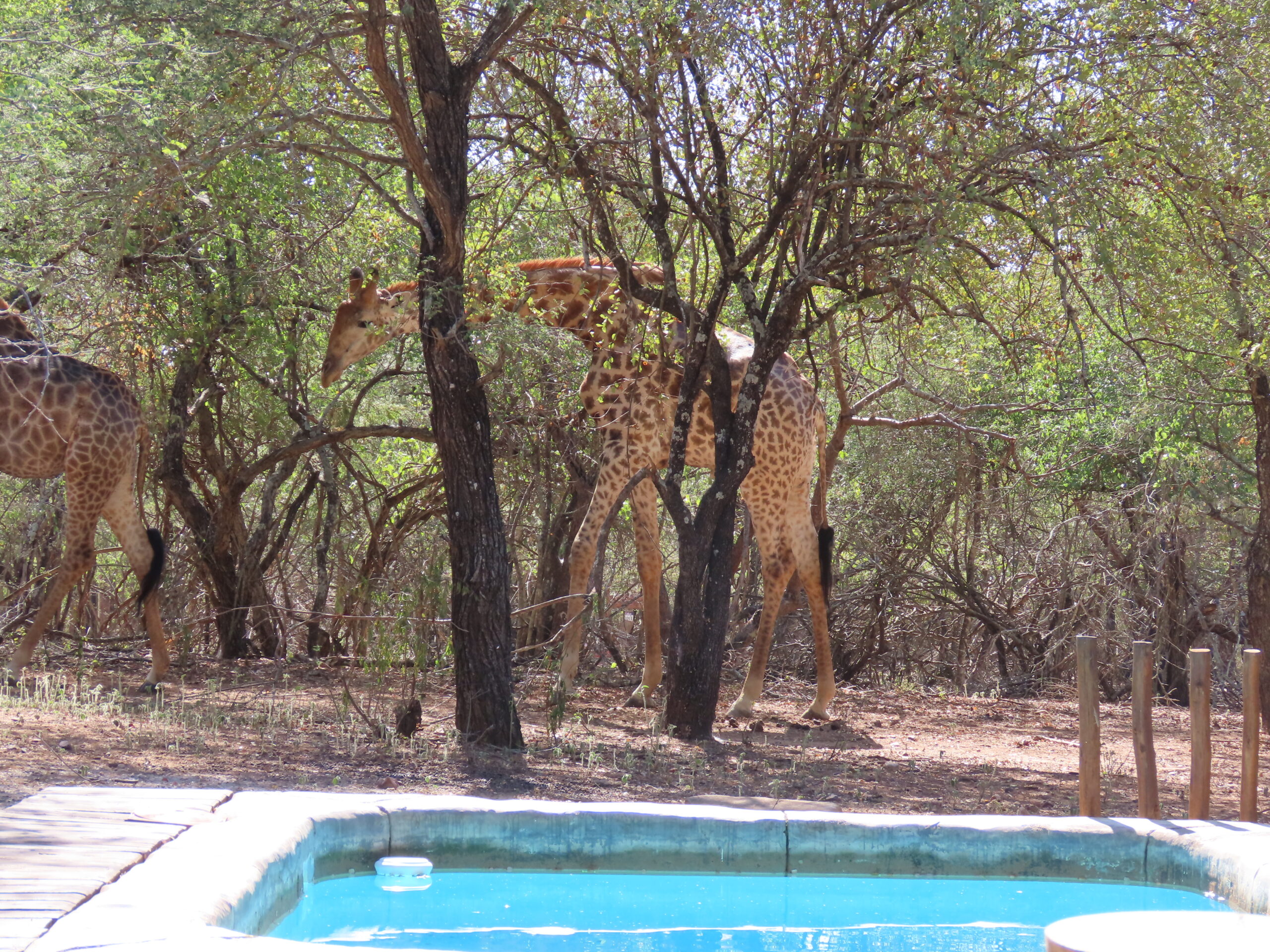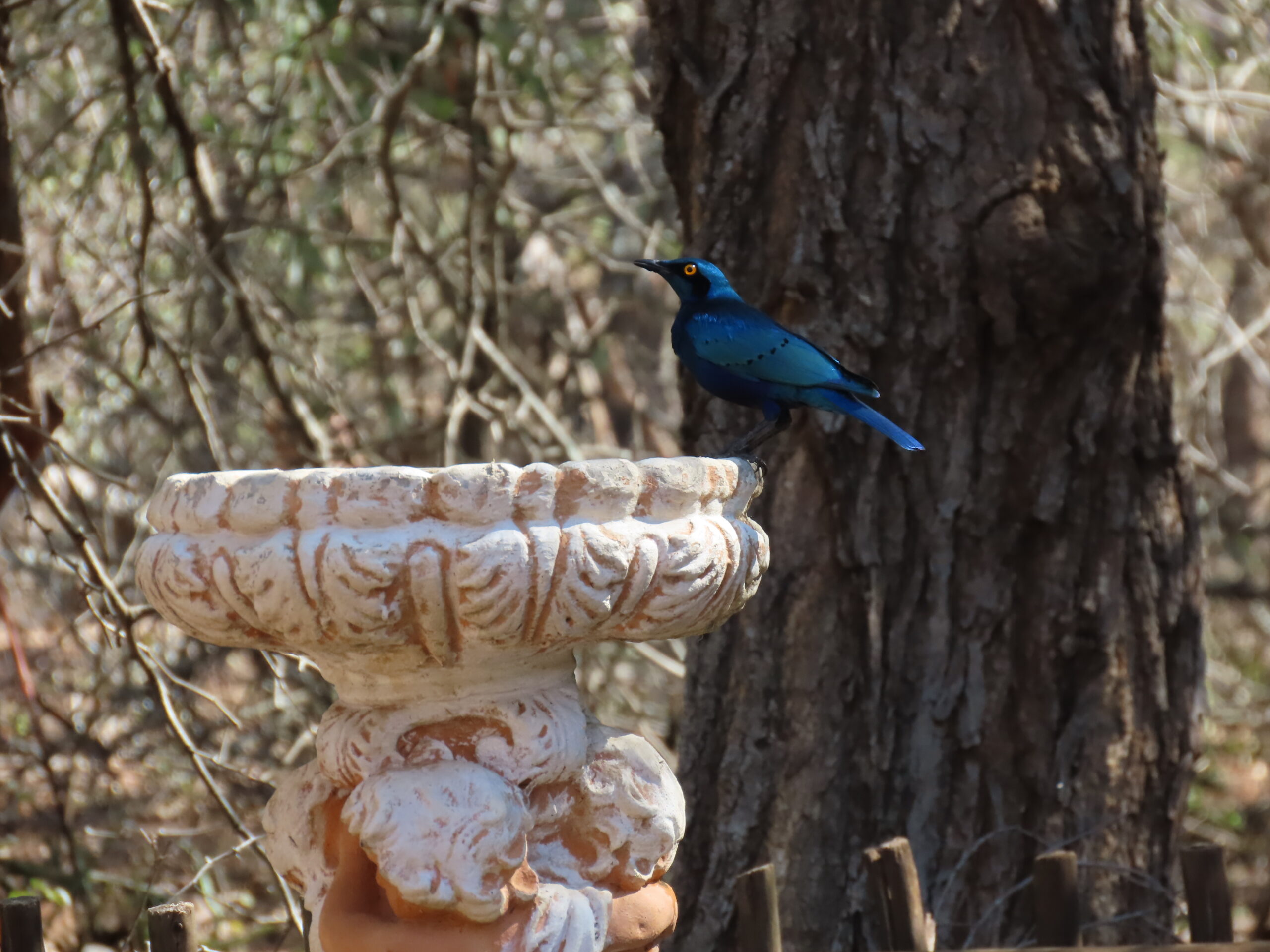
Culling will begin in Marloth Park in the next few days. Over 200 impalas, numerous warthogs, and old and sick animals will be culled, with some other species being moved to different locations. Sadly, this is a necessary evil that must be done to restore the habitat for future generations. Many oppose this process, and others accept it with resignation, as we do, knowing that ultimately, it’s for the best.
Culling Wildlife in Marloth Park, South Africa (2025)
Marloth Park, a unique wildlife conservancy and residential area bordering the Kruger National Park in South Africa, is again facing a complex and divisive issue in 2025: the culling of wild animals. This ongoing practice, though controversial, is driven by complex ecological, ethical, and logistical considerations that continue to stir strong emotions among residents, conservationists, and visitors alike.
Marloth Park was initially conceived as a sanctuary where wildlife could roam freely among human dwellings. The blend of nature and habitation created a rare and enchanting environment, attracting permanent residents and tourists seeking a close connection with Africa’s iconic wildlife. However, as the years have passed, the balance between human development and the ecosystem’s ability to support large numbers of animals has tipped precariously.
The root cause of culling in Marloth Park is overpopulation. Species such as impala, zebra, kudu, and warthogs—some of the most commonly sighted animals in the park—have thrived without natural predators. Lions, leopards, and hyenas are rarely found in Marloth Park due to the proximity of human homes, and this absence has allowed herbivore populations to increase unchecked. As their numbers swell, so does the pressure on the park’s limited vegetation.
Overgrazing has become a serious issue. Indigenous plant species are being destroyed faster than they can regenerate, leading to soil erosion, habitat loss, and decreased biodiversity. Smaller animals and birds that depend on the bush for shelter and food are being pushed out, and the long-term health of the park’s ecosystem is under threat. Culling, supporters argue, is a necessary but painful measure to restore ecological balance.
In 2025, the decision to cull approximately 200 animals, primarily impala and zebra, sparked renewed debate. The process, coordinated by conservation authorities in consultation with ecologists and wildlife veterinarians, was designed to be as humane and targeted as possible. The meat from culled animals is often donated to local communities, adding a social benefit to the environmental management strategy.
Still, the emotional cost is high for many residents and animal lovers. Marloth Park is not just a place—it’s a community where people form real, emotional connections with the animals who wander through their yards and drink from bird baths. Seeing familiar herds disappear overnight is heartbreaking for those who view these creatures as neighbors and companions.
Critics of culling argue that more sustainable, long-term solutions should be prioritized. Some advocate for fertility control methods, such as immunocontraception, which can reduce population growth over time without the trauma of killing. Others push for better development and fencing management or the controlled reintroduction of natural predators. However, these approaches are costly, complex, and slower to yield results—luxuries that may not align with the urgency of the current ecological crisis.
Ultimately, the culling of animals in Marloth Park reflects the broader challenges faced when humans and wildlife share the same space. It underscores the delicate balance between conservation and compassion, science and sentiment. In an ideal world, nature would regulate itself without intervention. But in a semi-wild, semi-urban setting like Marloth Park, human hands are sometimes forced to act—even when the choices are difficult.
As 2025 unfolds, the hope is that greater dialogue, transparency, and innovation will lead to more compassionate and effective wildlife management strategies. The goal is not just to protect the landscape, but to honor the deep connection people feel to the animals that make Marloth Park such a rare and special place.
We may not notice the difference in the park since we only interact with one impala, Mac, who lives in our garden and chases away any other intruding impalas. Hopefully, he’ll still be here when we return.
Neither of us gets caught up in the controversy on this topic. We aren’t property owners and need to keep our opinions to ourselves. Instead, we choose to listen and learn what is most beneficial to the wildlife and the restoration of the veld. (Veld is a term used to describe an open, rural landscape in Southern Africa, particularly in areas like South Africa, Namibia, Lesotho, and Zimbabwe. It refers to a region characterized by grassy plains or areas with sparse trees, often used for grazing and farming. The word “veld” is derived from Afrikaans and Dutch, meaning “field”.)
That’s it for today, dear readers. We’re starting to think about packing, but neither of us will tackle it until Friday, when on Saturday we’re leaving for the airport to begin the long journey.
Be well.
Photo from ten years ago today, May 21, 2015:



